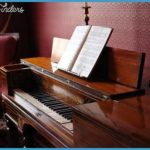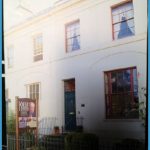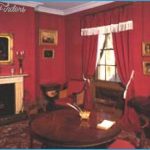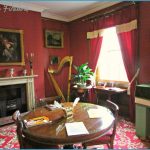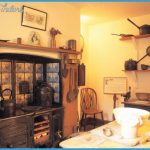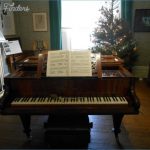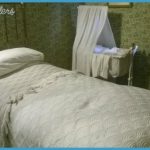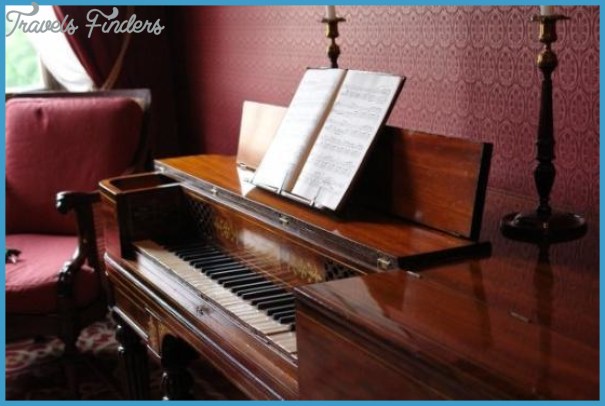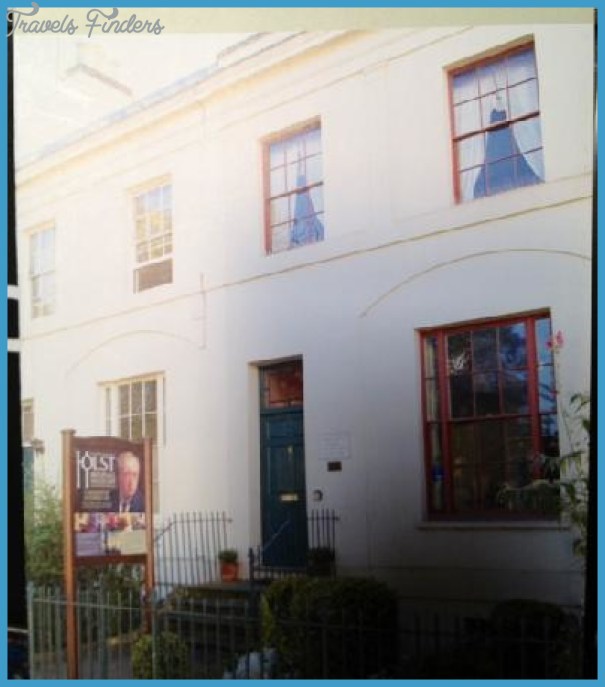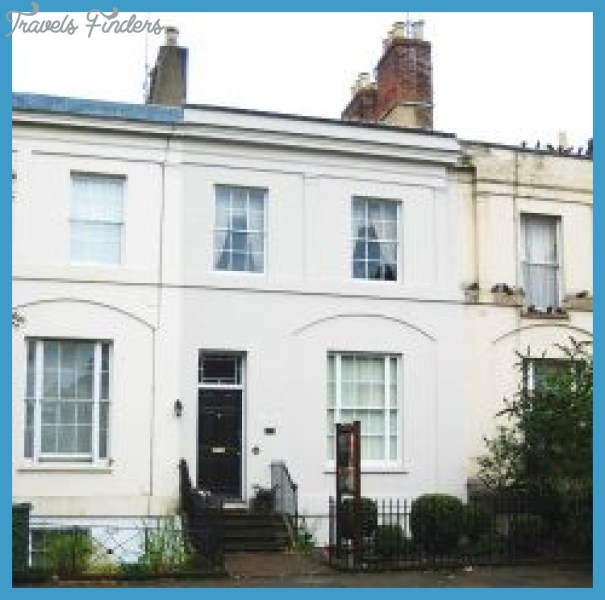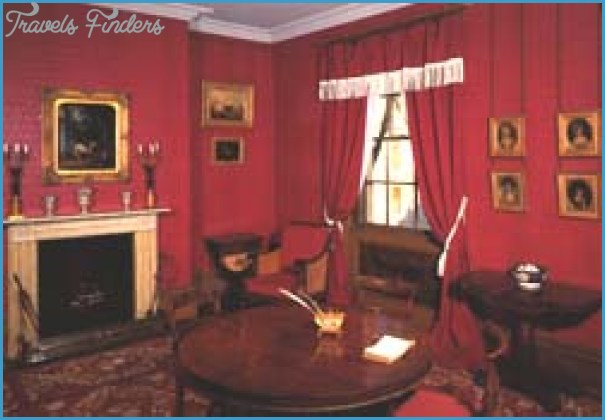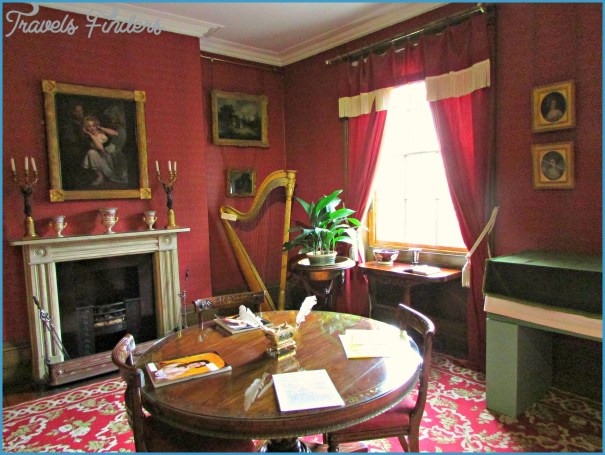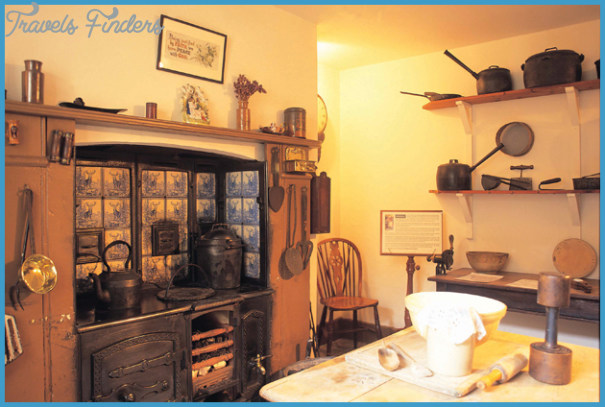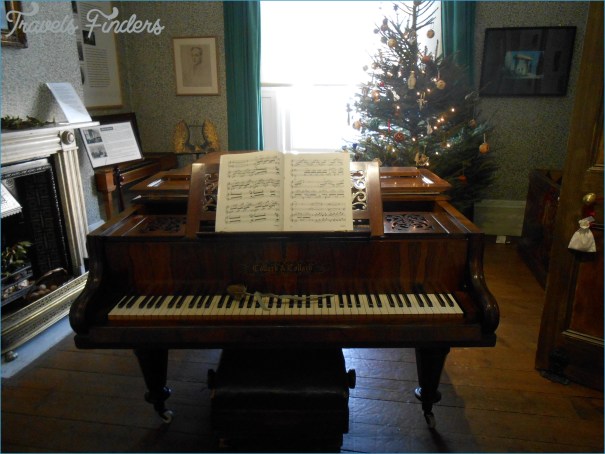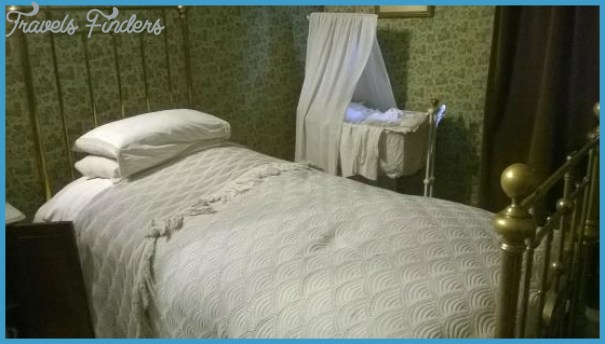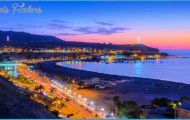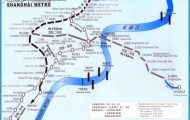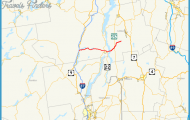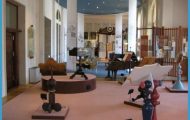The experience of hearing works composed on instruments directly connected with the composer and the site is unique. But to the curator, concerts and demonstrations are necessarily secondary to the care and display of the instruments, in the light of environmental factors and the risk of wear and tear. In many instances the size and disposition of the site itself may prove unsuitable for public events.
Musicians have always gathered in their homes to play informally and in particular to read new music. Some museums try to preserve that tradition. Rimsky-Korsakov and his wife held regular Wednesday concerts in their St Petersburg flat and the Goldenweisers inaugurated ‘Musical Thursdays in theirs in Moscow; both continue today. Visitors to the HandelHouseinLondon often come across groups of young musicians rehearsing in the room the composer used for the same purpose. When composers had their own houses built they often incorporated large music rooms: there are examples in the houses of three Scandinavians, Bull, Peterson-Berger and S^verud, and at Wagner’s house in Bayreuth. Liszt’s studio at the Budapest Academy of Music opened directly into the public concert hall, and his drawing-room in the garden house of the electoral palace at Weimar provided the setting for his summer master classes. Enescu had access to the more formal surroundings of the Cantacuzino palace in Bucharest and today the stately building in Warsaw housing the Paderewski museum enjoys the facilities of the ballroom for concerts.
Holst’s piano at the Birthplace Museum, Cheltenham Photo Gallery
For the museum, the most satisfactory solution is an attached, purpose-built recital room. This has been especially skilfully achieved on a large scale at the Beethoven birthplace in Bonn and at Troldhaugen, but many others have smaller-scale recital spaces, most often rooms within the house adapted as recital venues and generally seating about 60. They include those to Bartok, Brahms, Chopin, Ciurlionis, Debussy, Dvorak, Enescu, Handel, Kodaly, Mendelssohn, Paderewski, Perlea, Rakhmaninov, Schoenberg, Schubert, Schumann, Smetana, Tartini, Tchaikovsky, Verdi and Wagner. The open air provides another possibility, appropriate to choral folksinging and opera; the Estonians hold choral events near the house of Mart Saar, the Latvians at the country homes of the Jurjans brothers and Vitols. In Russia, outdoor performances take place in the gardens of the Rimsky-Korsakov dachas and at Rakhmaninov’s summer home. In the Czech Republic there are recitals in the garden of the Bertramka house in Prague and in Germany in the garden of Weber’s summer home at Hosterwitz. In Italy, at Torre del Lago, close to the Villa Puccini, there is an open-air auditorium for opera. Purpose-built concert facilities flourish near the houses of Falla at Granada, Casals at Sant Salvador and Britten at Snape. It is hardly surprising that so many communities Interior of the Troldsalen at Troldhaugen, with Grieg’s composing hut and the fjord in the background around museums and memorials often establish annual music festivals and competitions, drawing on the composer’s local connections and those to the sites associated with him.
Other resonant artefacts
Many visitors to composer museums will find themselves deeply touched by the implications for music-making of some of the artefacts on display. At Beethoven’s birthplace in Bonn it might be the ear trumpets. At Jezek’s flat in Prague it might be the large-format manuscript paper and oversized pencils the half-blind composer had to use to see what he was doing. The practicalities are distressing to contemplate and may prompt visitors to reconsider assumptions they have never before questioned. The cryptic messages in Beethoven’s and Puccini’s conversation books can be seen as further testimony to determined spirits in the face of adversity.
The tools of a composer’s trade, the objects usually found on a study desk, help the visitor to visualize the composer at work. Sometimes there will be something quite out of the ordinary, like Janacek’s chronoscope or Kodaly’s field recording equipment. Where composers who collected folksongs are commemorated, the museums usually display their notebooks, wax cylinders and the paraphernalia associated with their collecting forays. Klemetti went on long cycling trips to collect Finnish folksong: his bicycle is still propped up in the porch of his house at Kuortane. Pretty enough as an objet d’art, Ysaye’s Emile Galle vase is so made that it can also serve as a tuning device. Sometimes reality disappoints. We have all read with fascination about Skryabin’s use of the Beethoven’s ear trumpets, by J.N. Malzel Kodaly’s field recording equipment Rights were not granted to include these illustrations in electronic media. Please refer to print publication Ysaye’s Emile Galle vase correspondences he perceived between colour and pitches and in particular his use of coloured lamps in performance, but the set on display in his Moscow study could not be described as either quaint or lurid, whatever allowances one might make for the passage of time. There are other charming examples of developing music technology. Two spring to mind, Slavenski’s trautonium at Cakovec and Brand’s Heath Robinsonian synthesizer at Langenzersdorf.
Occasionally it is something unconnected with music that may prompt us to understand something new, or at least not otherwise widely known, and send us home thinking differently about particular compositions. An autograph manuscript of George Sand’s Un Mahler’s composing hut at Maiernigg hiver a Majorque on display at the monastery at Valldemossa lends authority to the legends surrounding Chopin’s time there, encouraging the visitor’s awareness of the historical context for the composition of such works as the ‘Raindrop Prelude. Mahler’s inscriptions ‘What the animals tell me and ‘What the flowers tell me gather meaning around his composing huts, especially the one in the woods above the Worthersee at Maiernigg, in face of the audible presence of nature.

